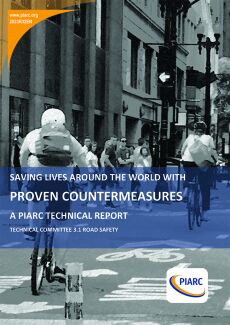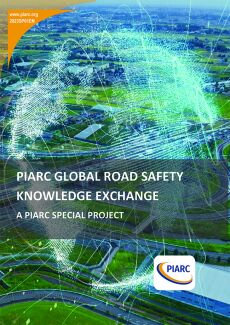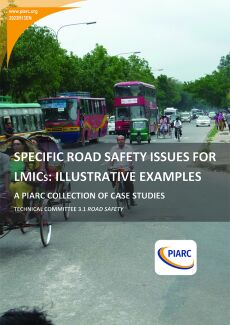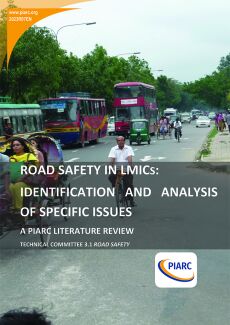Technical Reports Road safety
This page lists technical reports of PIARC in the field of road safety. These publications are classified chronologically.
-
Saving Lives Around the World With Proven Countermeasures - Technical Report

Saving Lives Around the World With Proven Countermeasures - Technical Report
-
PIARC Road Safety Knowledge Exchange - Special Project

PIARC has an active role in the efforts to improve road safety worldwide through evidence-based studies, technical reports and other type knowledge products. PIARC Technical Committee 3.1 “Road Safety” recognises that 90% of traffic deaths occur in Low- and Middle-Income Countries, and uses this information to assess, identify and share best practices of road safety activities for LMICs through the development of documents and cases studies highlighting international practices and lessons learned. [...]
-
Specific Road Safety Issues for LMICs: Illustrative Examples - Collection of Case Studies

The overview of illustrative examples of road safety measures in LMICs as described in this report is a follow up of an earlier literature review, in which we indicated which specific issues do need further attention in LMICs in the coming period up to 2030. The following issues were considered: I. SDG’s: integral approach II. Road safety culture III. Road safety management and leadership IV. Building road safety expertise and science V. The transportation system as a whole [...]
-
Road Safety in LMICs: Identification and Analysis of Specific Issues - Literature Review

This report is a deliverable of PIARC working group 3.1.1 Specific road safety issues for LMICs. The working group performed its activities in the period 2019 – 2023. We prepared two deliverables: a) a literature review and b) an overview of case studies. The present report gives the literature review. The review starts from the notion that road safety is a multifaceted problem which requires a multi-disciplinary approach. The safe system approach is generally considered as the central concept [...]
-
Well-Prepared Projects

This collection of case studies includes 17 cases from 10 different countries participating in this task force, plus one case dedicated to the use of the SOURCE platform in the preparation of transportation projects. It comes after our first report delivered earlier in 2021 in which we reviewed the overall processes and practices taking place in the 10 countries. The objective of this collection is to provide a variety of highly relevant examples from the real life. Each case outlines good practices [...]